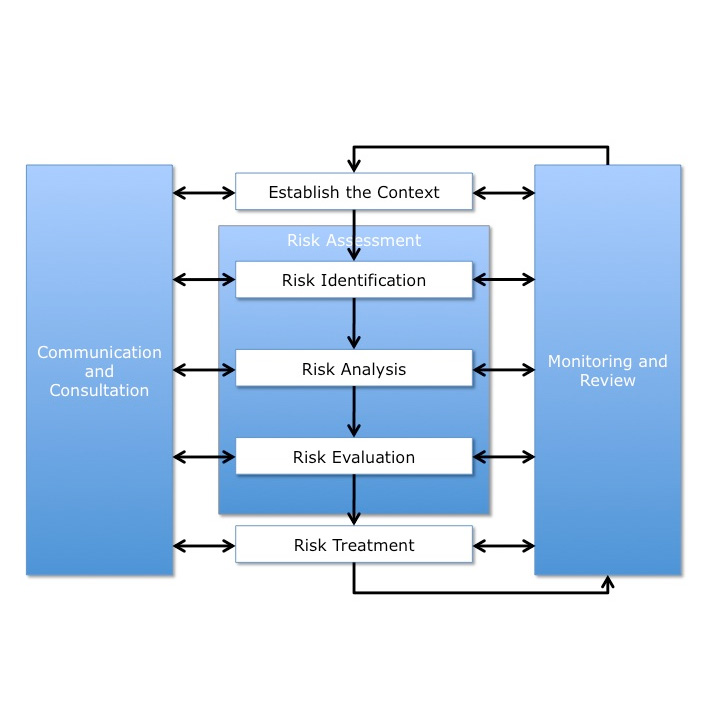What is the purpose of your school bond, and the implication of it not being approved?
Taxpayers should understand what the bond money will be used for, whether it is to fund new construction, renovation of existing facilities, or some other capital expenditure. Implications of a bond not being approved could lead to increased future cost due to normal inflation or secondary issues, such as:
- Overcrowding: When school populations grow and schools remain unchanged, overcrowding can become a major issue, leading to larger class sizes and a decrease in the quality of education.
- Maintenance Issues: Older schools may not be able to keep up with the demands of a growing student population, leading to maintenance issues such as leaky roofs, outdated plumbing, or inadequate heating and cooling systems.
- Safety Concerns: Overcrowding and aging facilities can lead to safety concerns, such as inadequate fire exits or insufficient space for students to evacuate in the event of an emergency.
- Decreased Property Values: Overcrowded schools with inadequate facilities can also lead to decreased property values in the surrounding area, as families seek out better educational opportunities for their children.
- Retention of Quality Teachers: A lack of adequate facilities can make it more difficult for a school district to attract and retain quality teachers, which can further impact the quality of education.
What is the cost of the school bond?
Taxpayers should understand the cost of the bond, including the interest rate, the length of the repayment term, and the total amount of the bond. It is important for taxpayers to understand that the totals presented for a bond are “not to exceed” rates. Cushion is intentionally included in the amount, so the school district has the flexibility to address unforeseen circumstances. The expectation is that the capital projects will be completed for less than the approved bond amount.
What is the school district’s repayment plan?
Taxpayers should be aware of how the bond will be repaid and how this will affect their taxes. In some cases, the repayment of a bond may result in an increase in property taxes, while in other cases, the district may have sufficient funds to repay the bond without raising taxes.
Taxpayers should understand the difference between a tax rate and tax amount. Many growing communities will have natural increases in property values, which results in an overall increase in their tax amount. This means school districts can sometimes repay their bonds without increasing the tax rate. Not approving a bond can lead to the school district not being able to use this funding for the needed capital projects, which will lead to higher future maintenance and construction costs due to worsening maintenance issues and inflation.
How will the bond impact the school district’s credit rating?
Taxpayers should understand how the bond issuance and repayment may impact the school district’s credit rating. For example, taking on more debt than the school district can afford can lower its credit rating and result in higher borrowing costs in the future. However, issuing a new bond to prevent future maintenance issues or overcrowding can demonstrate the district’s commitment to investing in its schools and facilities, and can be seen as a positive sign by credit rating agencies.
At @Front Line Advisory Group, we provide program management consulting services for capital improvement bonds. We are revolutionizing the construction industry and transforming client expectations by obsessing over the basics of budget oversight, schedule enforcement, compliance, vendor management, and stakeholder communication. Contact us for more info at info@frontlineadvisorygroup.com.













